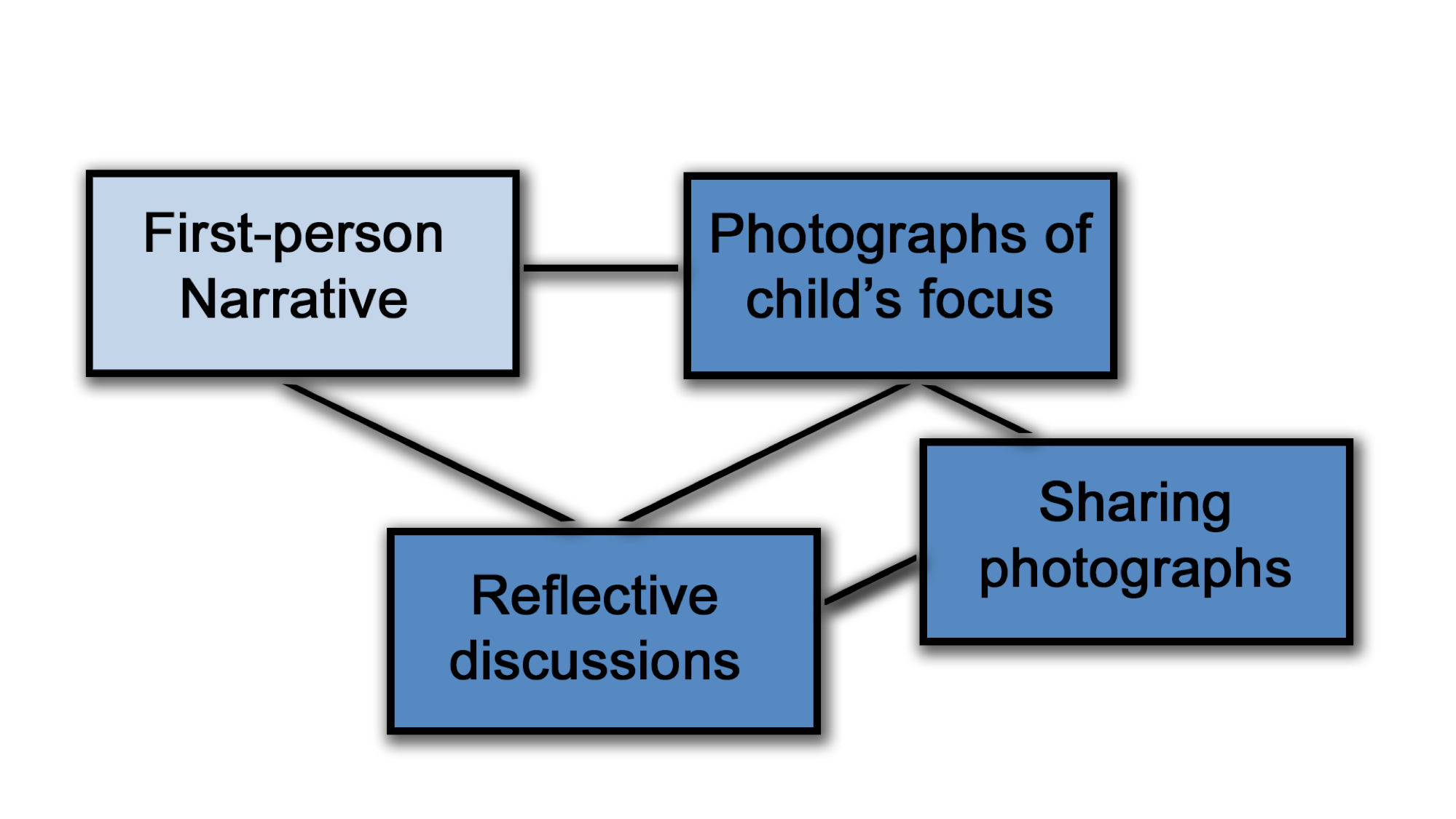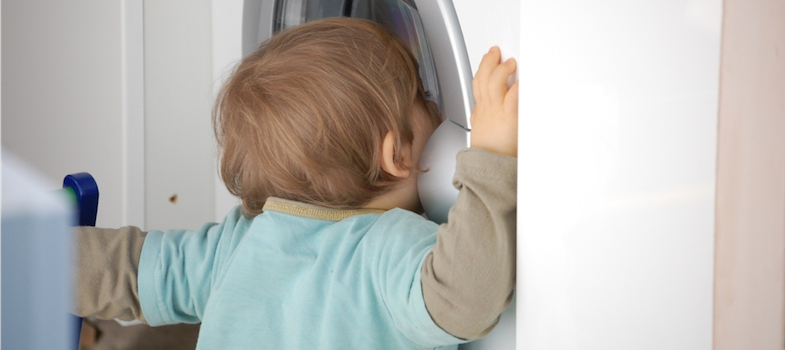Using the first person narrative
What is a first person narrative observation?
As you saw in the video that introduced In-the-Picture in the opening section, the approach uses first person narrative observation. In this section you are going to explore in a little more detail what this involves and also have the opportunity to carry out a first person narrative yourself.

Narrative observations tell a story. The observer watching the child records everything that they see as it is happening. Such descriptions of children’s activities are therefore rich in detail but can be time consuming to carry out.
In-the-Picture uses narrative observation because it encourages the observer to focus on the child’s whole experience rather than one particular skill or behaviour. Also very young children express themselves through their actions and play and so focusing on everything that they are doing is a way of tuning in or listening to them.In-the-Picture takes a particular approach to narrative observation by recording what happens in the first person- the observer writing as the child. So rather than, as would be usual in a narrative observation recording:Imran picks up the book. He opens and closes it several times. Then he waves with it and throws it onto the floorA first person narrative observation would be:I pick up the book. I open it then close it…open and close it. I hold it above my head and wave with it. I stop waving. I throw it onto the floor
Read the following example of a first person narrative from one of the research projects that used it as part of the In-the- Picture approach. This particular project was aiming to understand more about young children’s friendships in inclusive early childhood settings (Parry 2014,2015). The focus of the observation (the ‘I’ in the extract) is Dan a three year old boy during a morning session at his nursery.
I go onto the mat. The girl’s on the mat as well. I look in the mirror. I pick up the musical toy. I look in the mirror. I look at her and pick up the musical toy. She’s singing the song and I point, and she points. I still looking at her. When she claps I clap. I put my hands on my knee. I pick up the musical toy and then put it down. The girl says ‘row the boat’. She holds onto my hand. I hold her hands. She screams and I laugh, and I hold out my hands and then I put my hands on my head again. She sings the song very quick and I watch her all the time and then I laugh. I hold onto her hands and rock backwards and forwards. I look at her as she’s doing it, and then I look in the mirror. Then I move away.
The observer has written in very short sentences. They have chosen to refer to another person as ‘she’ or ‘the girl’ and has not named that person. However there are objects named in the description; for example ‘mirror’, ‘knee’ and ‘toy’. The nature of things is also captured, for example the ‘toy’ is ‘musical’, ‘the girl’ ‘screams’ and the noise ‘I” makes is a laugh. The observer also notes that the girl says ‘row the boat’. It is quite possible that Dan would not know the meaning of these words or would not attribute these properties to them; we cannot know. The simple language chosen by the observer however does suggest that Dan has a simple grasp of language and is engaging with the situation in a linear way. These are all issues that the observer might wish to discuss when reflecting upon the observations they have made, particularly when coming to understand their part in the observation process.
